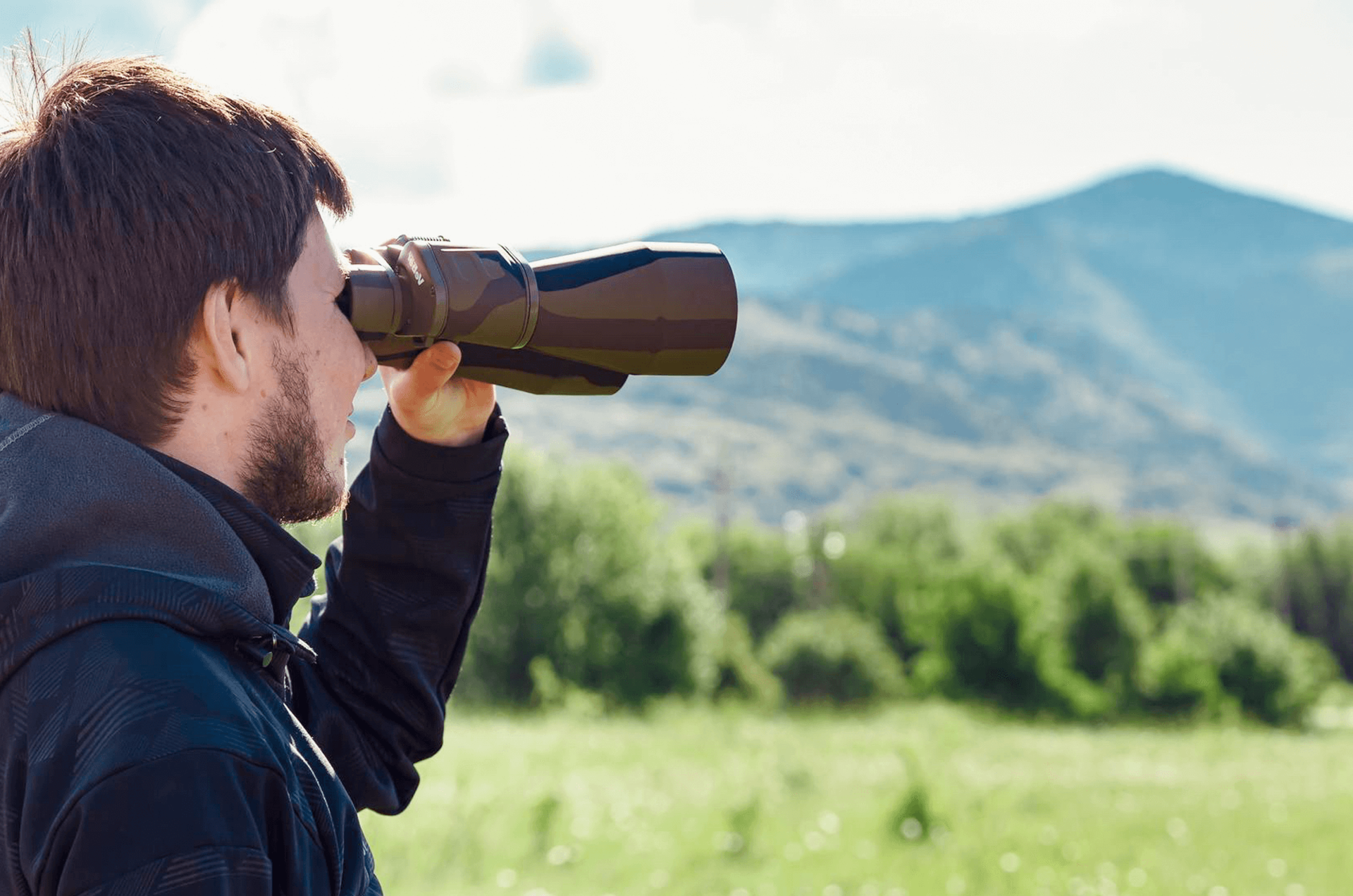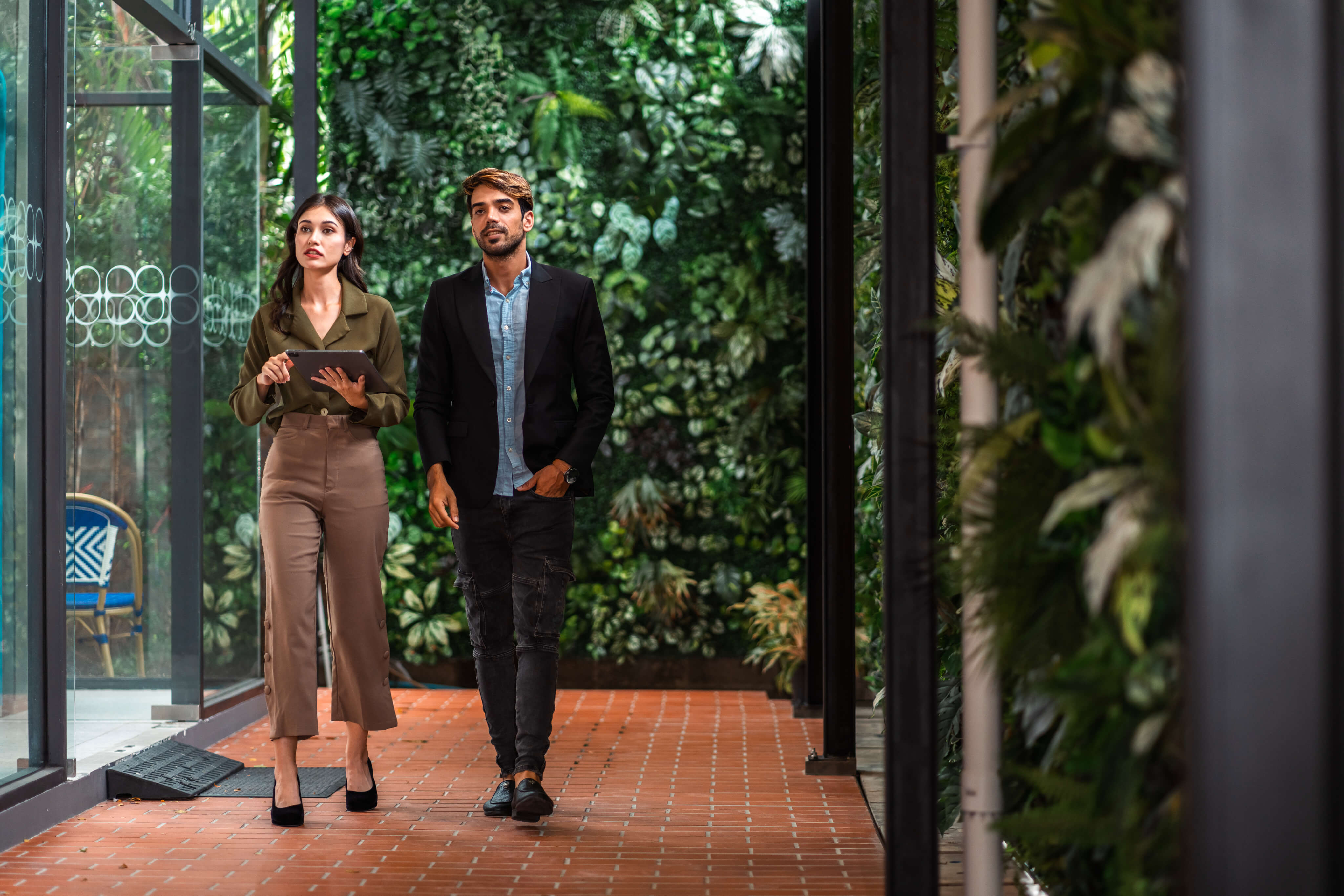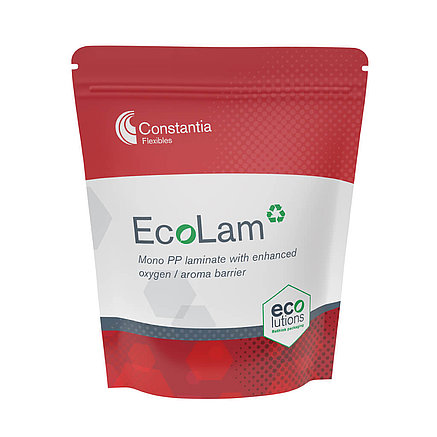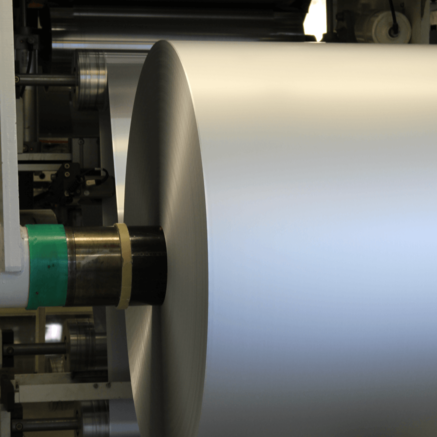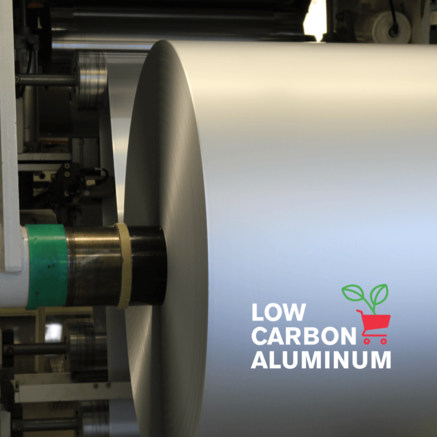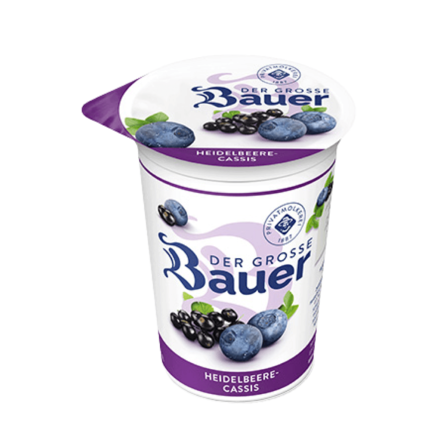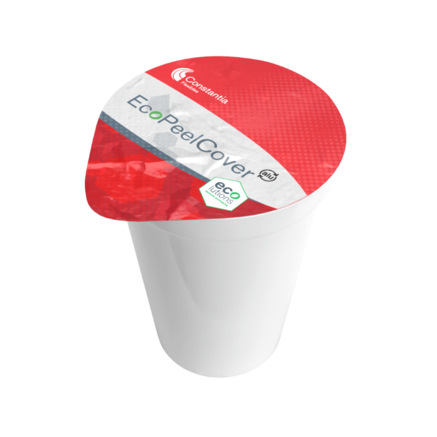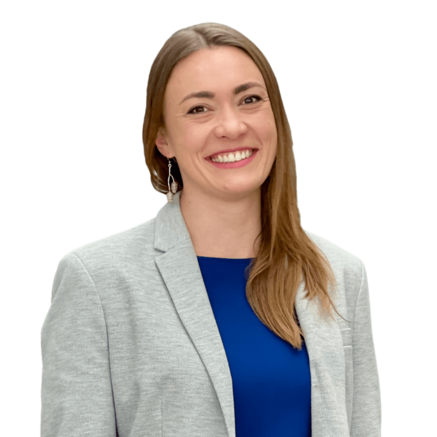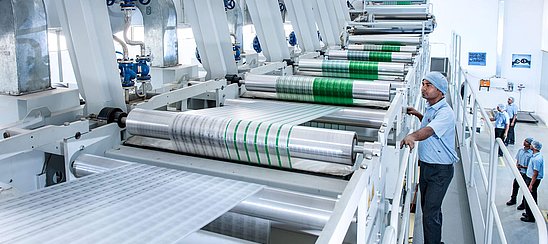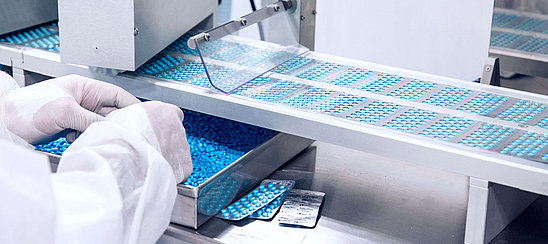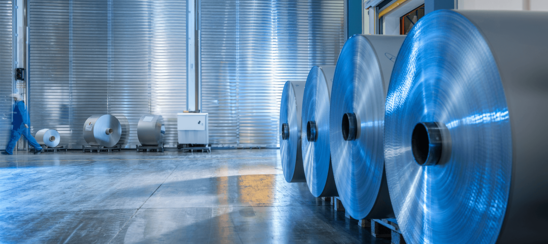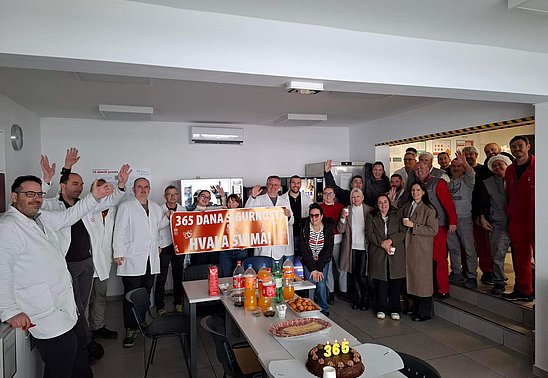
Pack by pack: Our path to sustainability
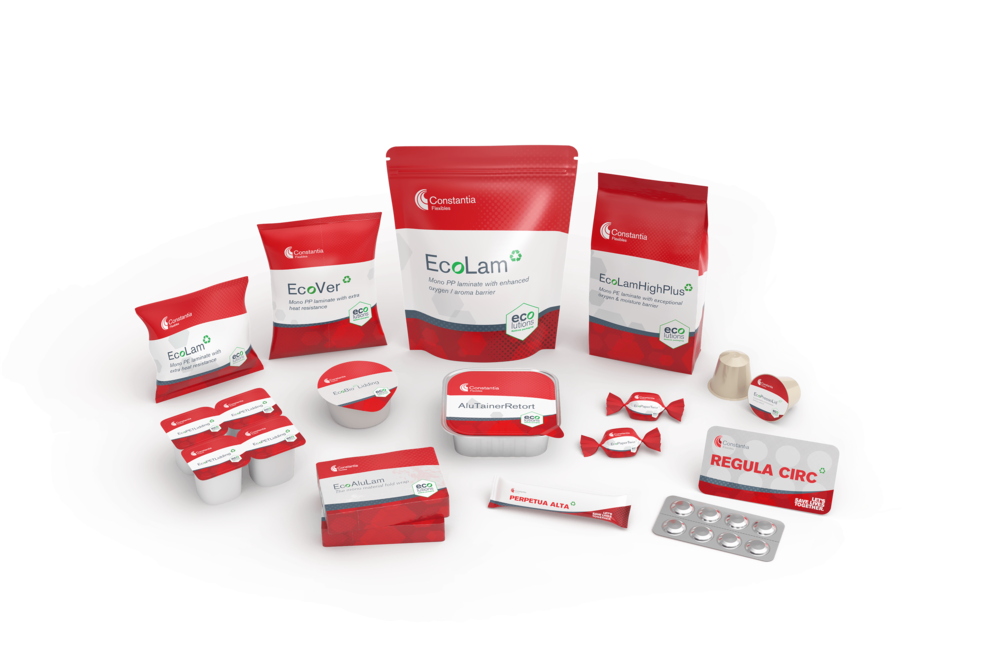
Contact us for more sustainable packaging solutions!
Get in touchWe rethink packaging every day to positively impact our customers and the environment.
Our journey toward greater sustainability requires time, passion, and commitment to discovering more eco-conscious packaging solutions.
As a major player, we lead the way in driving more sustainability forward and set new standards.
2025
100% of our packaging are designed for recycling.
2030
Scope 1+2 emission reduction by 50.4% (base year 2024)
2030
30% female representation & equal opportunities.
Our achievements so far
92%
of our product offering is either already Designed for Recycling or has a Designed for Recycling alternative. (Status 2024)
4%
Scope 1: -15%
Scope 2 market-based: -61%
Scope 3: -0.1%
(base year 2015)
24%
of management positions with at least one direct report are held by women. (Status 2024)
Our goal?
Learn from industry experts

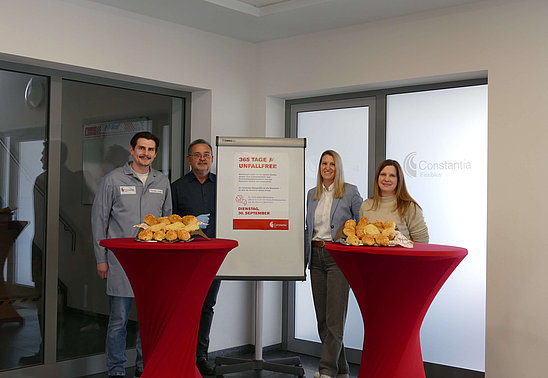
Constantia Pirk celebrates one year LTI-free — a milestone worth recognizing!
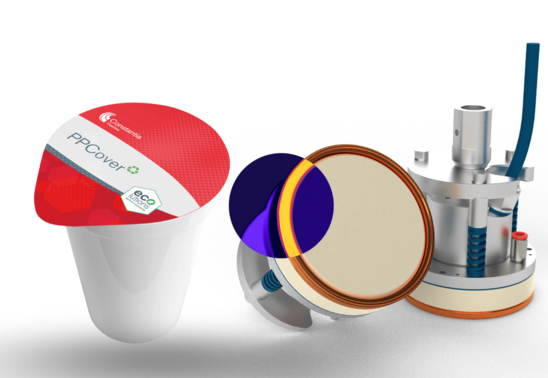
From challenge to change: watttron and Constantia Flexibles redefine traditional lid sealing technology
Find out more about sustainability at Constantia Flexibles
Our history We walk the talk.
More sustainable from the start
Our journey started with the rolling of tin and lead foils, and from the beginning, we have been focused on working with aluminum. This commitment to more sustainable materials has been central to our operations from day one.
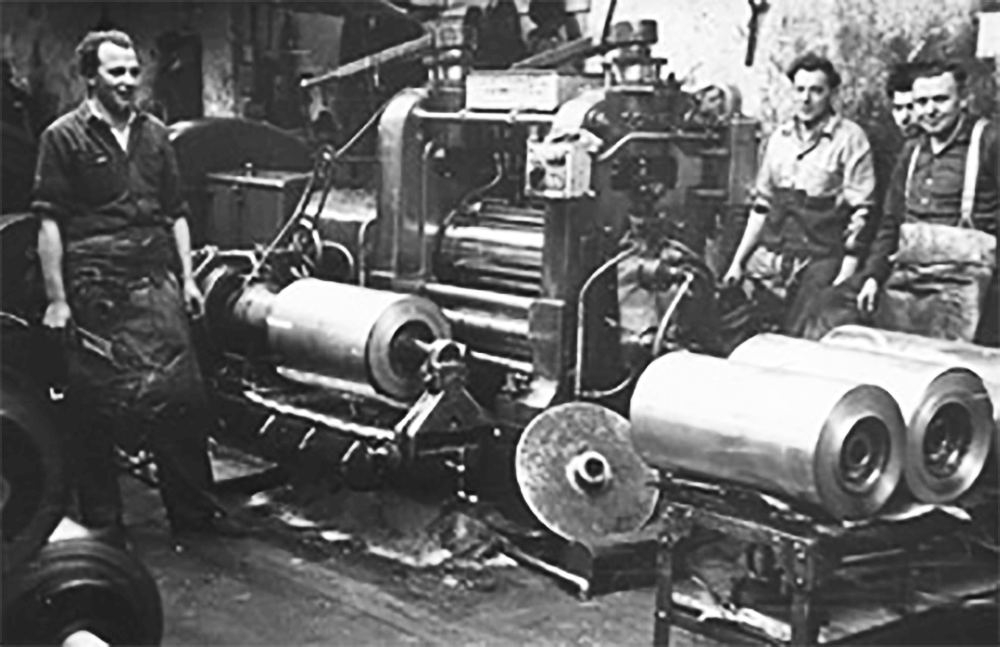

Greenhouse Gas Protocol
Since 2005, we have been tracking our direct and indirect emissions according to the Greenhouse Gas Protocol. Each year, external consultants verify our methods for calculating Scope 1, Scope 2, and Scope 3 emissions.
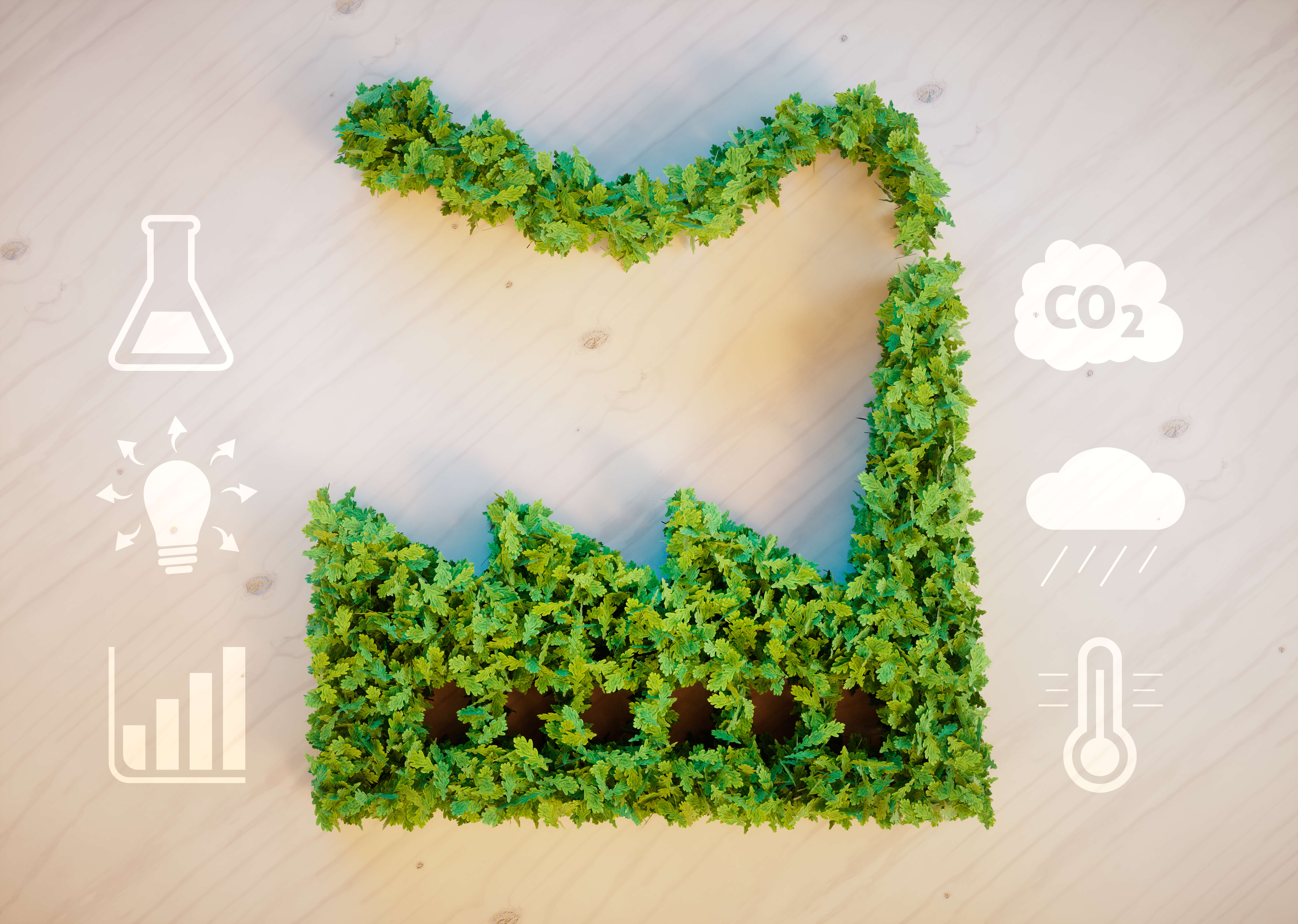

In-house LCA tool
At the core of our 360-degree material approach is our in-house Life Cycle Assessment (LCA) model, developed and peer-reviewed to ISO 14040/44 standards. This flexible Meta LCA model allows us to assess different production processes, raw materials, waste management options, and country-specific settings. It demonstrates how more sustainability and functionality requirements can be effectively balanced.
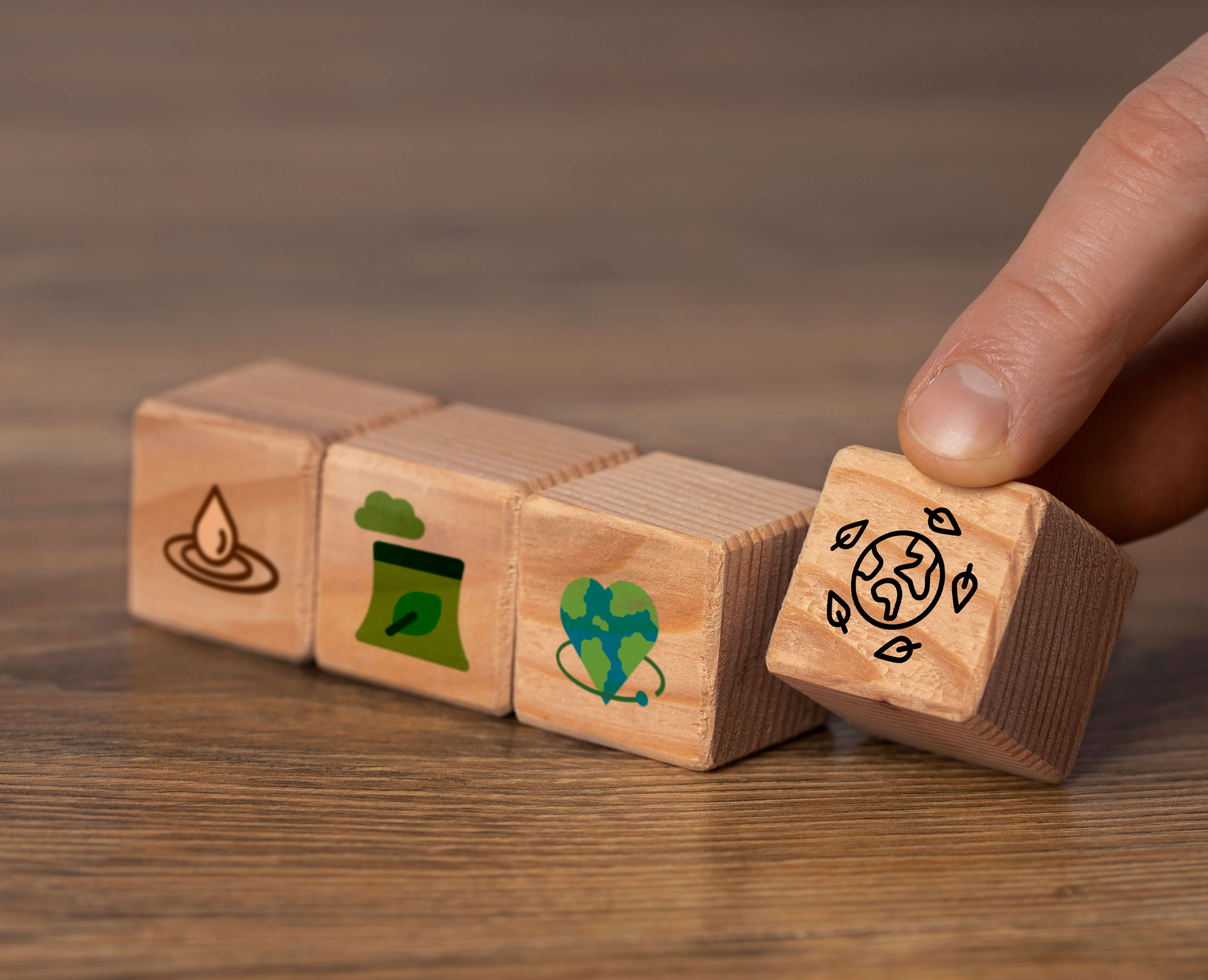

Science Based Target initiative (SBTi)
We publicly committed to the Science Based Target initiative (SBTi) and have requested an assessment of our targets a year later. We aim to reduce absolute Scope 1, 2, and 3 GHG emissions by 24% by 2030 and 49% by 2050, using 2015 as our base year.


Introduction of Ecolutions product range
We launched the Ecolutions product range to address more sustainability needs, reduce packaging carbon footprint, and prioritize design for recycling. Our Ecolutions packaging minimizes environmental impact while protecting the packaged products. The range includes the EcoLam (mono PE laminates), EcoVer (mono PP laminates), EcoPaper, EcoAlu, and other aluminum solutions.
Learn more
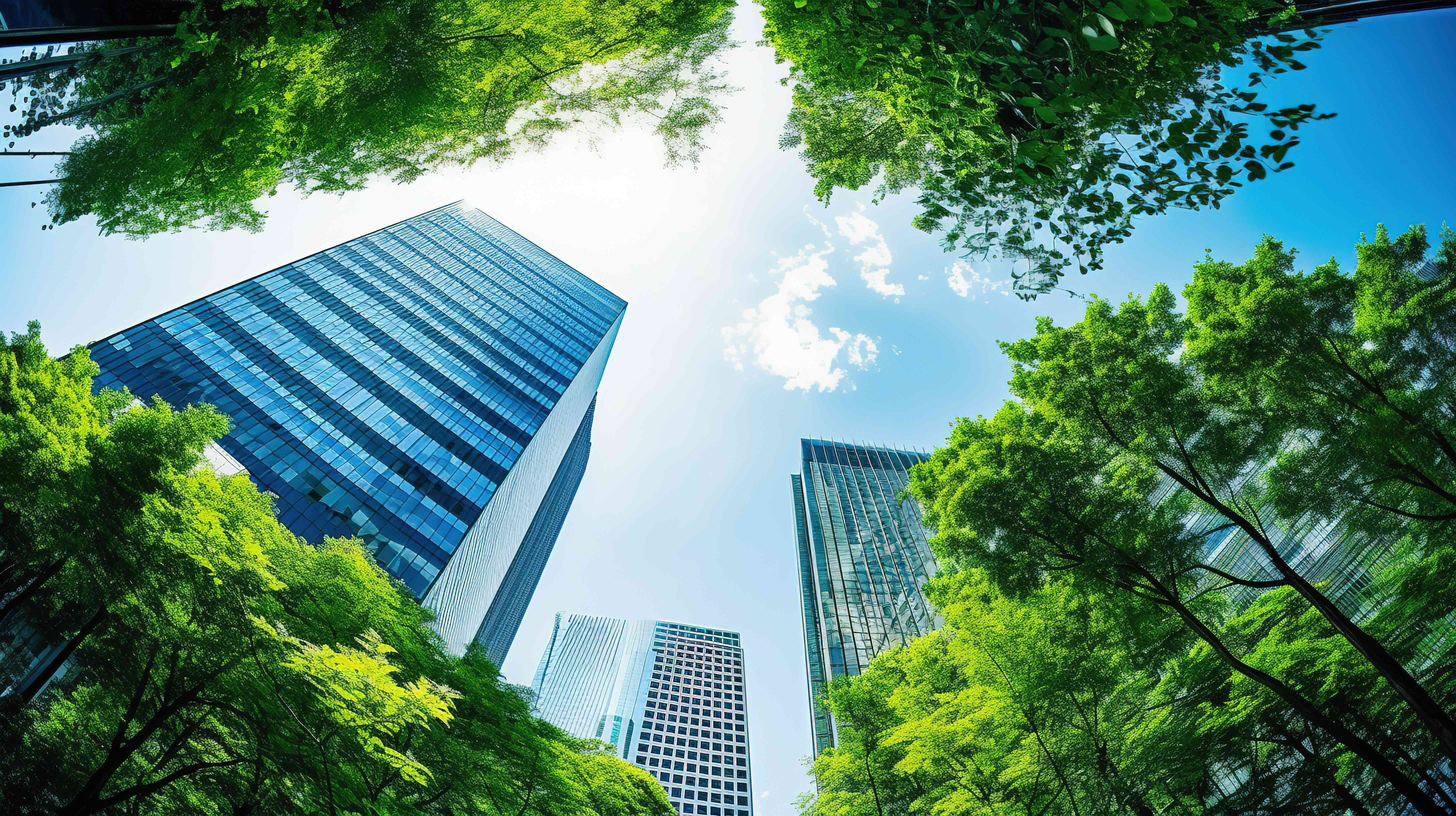

Wellbeing Hub – Because wellbeing matters
Our people are key to our success, so their wellbeing is essential for productivity and job satisfaction. At Constantia Flexibles, we prioritize both physical and mental health to promote a positive work culture and achieve our HSSE goal of zero loss, no harm. We introduced the "Wellbeing Hub" initiative to boost resilience and engagement, offering various activities at our plants and providing Wellbeing Officers as the primary point of contact for our employees.
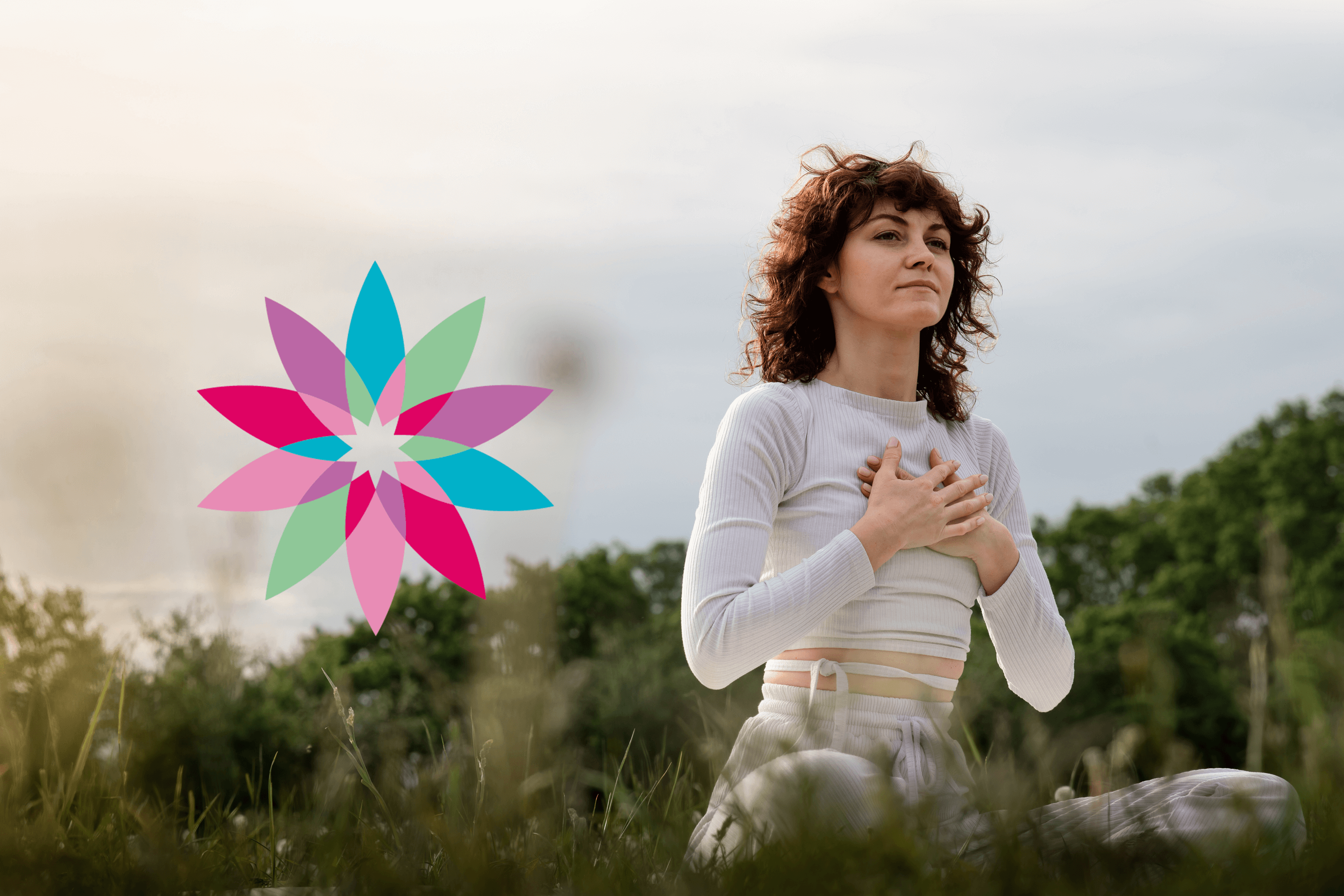

Net zero commitment
Sustainability is at the core of our mission, driving continuous investment in circular packaging solutions. Committed to net zero emissions, we align with the Science Based Targets initiative (SBTi) to limit global warming to 1.5°C. Our goal is to achieve net zero by 2050, with a science-based target across all three scopes set within the next two years.
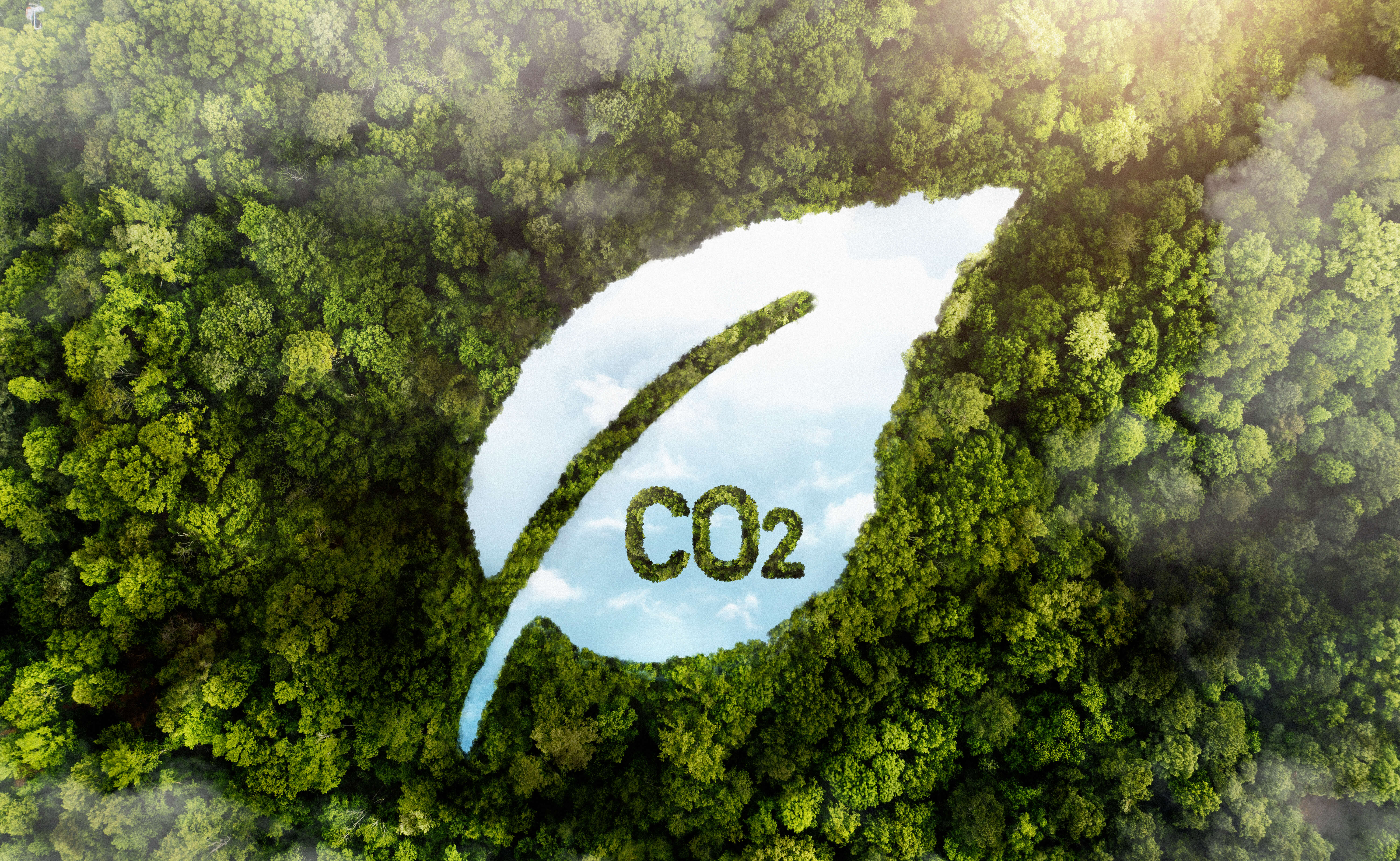

Climate Transition Plan
In 2025, we finalized our full GHG inventory to support the submission of Science Based Targets (Near Term and Net-Zero) in August. Meanwhile, our targets have been approved by SBTi. We also investigated CO₂ reduction initiatives across our production sites, assessing both environmental impact and financial implications. Additionally, we published our Climate Transition Plan—a dynamic document that will be regularly updated to reflect our progress and evolving priorities. View also the ESG highlights of 2024.
Climate Transition Plan (pdf)
Sustainability is about balancing environmental, economic, and social needs to meet today's demands without hindering future generations' ability to meet theirs. It includes practices such as responsible resource use, sustainable economic growth, and improving social wellbeing.
A circular economy is an economic system focused on eliminating waste and promoting the continual use of resources. It involves designing products for durability, reuse, and recycling to keep materials in use for as long as possible. Unlike the traditional linear economy, which follows a "take-make-dispose" pattern, the circular model prioritizes more sustainability and resource efficiency.
EcoVadis is a platform that provides sustainability ratings for businesses, evaluating their performance in environmental, social, and ethical practices based on international sustainability standards. Constantia Flexibles uses EcoVadis ratings to improve its sustainability efforts and enhance transparency within its supply chain.
Learn moreCDP (formerly known as the Carbon Disclosure Project) is a global non-profit that operates a disclosure system for companies, cities, states, and regions to manage their environmental impacts. It gathers data on climate change, water security, and deforestation, helping stakeholders assess environmental risks and performance. Constantia Flexibles uses CDP to track its sustainability efforts and provide transparency to investors, customers, and the public.
Learn moreESG stands for Environmental, Social, and Governance, which are criteria used to evaluate a company's impact in these areas. Environmental focuses on ecological footprint, Social examines relationships and community impact, and Governance looks at corporate leadership and ethics. ESG is used by investors to assess a company's sustainability and ethical practices.
Discover our ESG commitments-
Scope 1: Direct GHG emissions from owned or controlled sources.
-
Scope 2: Indirect emissions from the generation of purchased electricity, steam, heating, and cooling.
-
Scope 3: All other indirect emissions in the value chain, including those from suppliers and product use.
